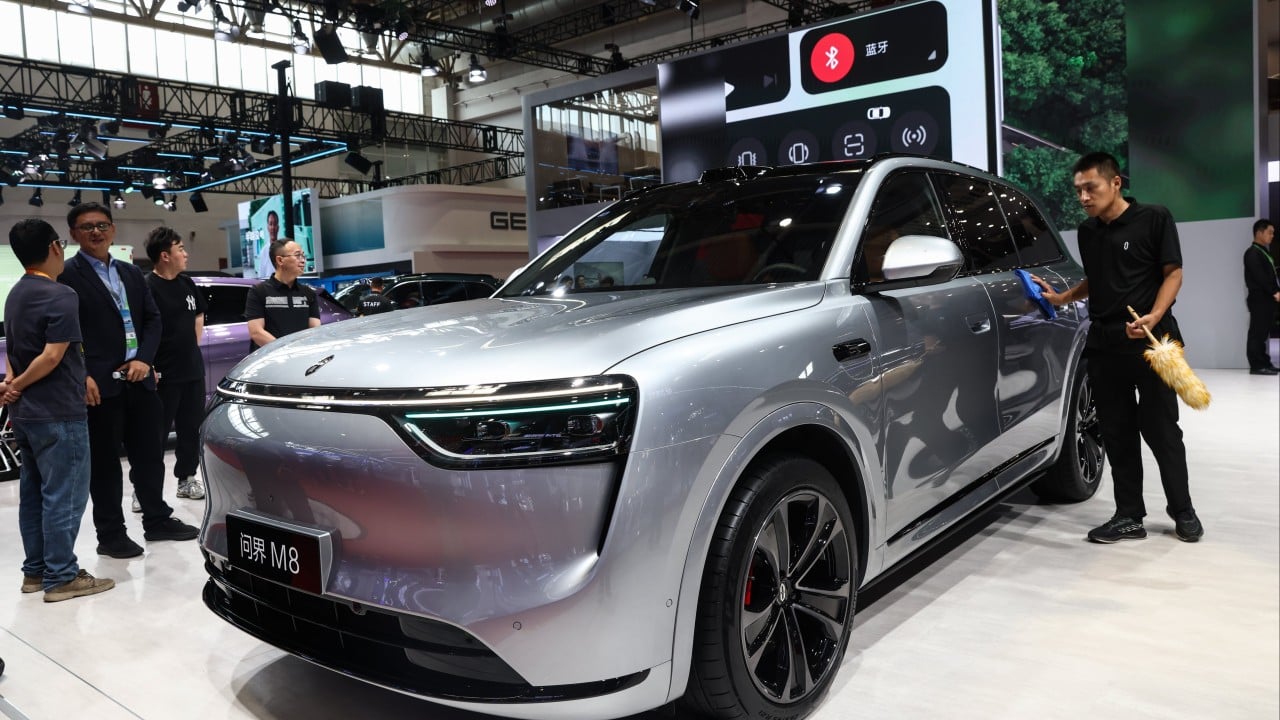China’s latest export restrictions on eight key electric vehicle (EV) battery technologies officially took effect this week, about half a year after it announced its intention to implement them.
Advertisement
According to the rules announced by the Ministry of Commerce and the Ministry of Science and Technology, manufacturers using the technologies in the production of EV batteries must now obtain government licences before transferring them abroad.
In this explainer, the Post takes a look at the technologies involved and the potential impact of the restrictions.
Which technologies are subject to export restrictions?
The restrictions primarily cover technologies for battery cathodes, a critical component that sets the ceiling for a battery’s energy density and lifespan.
Restrictions are being applied to three technologies used to make intermediate substances needed for battery cathodes – including those used to produce lithium iron phosphate (LFP), lithium manganese iron phosphate (LMFP), and other phosphate-based precursors with defined chemical compositions and performance standards.
Five technologies related to lithium extraction and processing – essential upstream steps for producing materials such as LFP – are also included on the export restriction list.
Advertisement
The announcement also specified that export restrictions on gallium extraction technologies – used in the production of a key semiconductor material – now focus on ion exchange and resin techniques, replacing the broader “dissolution method” mentioned in previous rules.
Why are these technologies so important?

